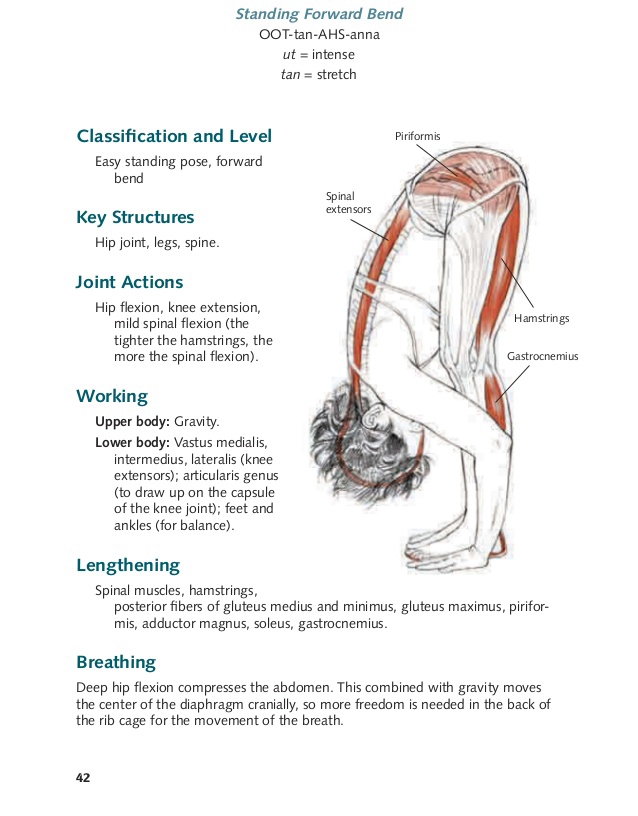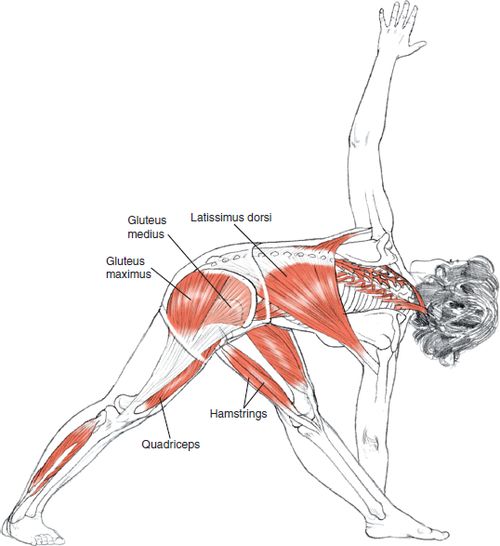Top 5 hamstring stretch to prevent injury during workouts
Contents
In its most basic form, stretching is a natural and instinctive activity; it is performed by humans and many other animals. Increasing flexibility through stretching is one of the basic tenets of physical fitness. It is common for athletes to stretch before and after exercise in order to reduce injury and increase performance. By stretching your muscles under specific conditions, you can actually stretch your fascia and give your muscles more room to grow.
Stretching can be dangerous when performed incorrectly. There are many techniques for stretching in general, but depending on which muscle group is being stretched, some techniques may be ineffective or detrimental, even to the point of causing tears, hypermobility, instability or permanent damage to the tendons, ligaments and muscle fiber.
Top 5 hamstring stretch to prevent injury during workouts
1. Standing Hamstring Stretch
 Stand upright and put one foot out in front, while still being able to to maintain good balance. Keep that leg straight and your toes pointing straight upwards towards your knee . Put both hands en each thigh, elbows slightly bent, bend the opposite knee and hip (not your lower back), until you feel the stretch in the hamstrings.
Stand upright and put one foot out in front, while still being able to to maintain good balance. Keep that leg straight and your toes pointing straight upwards towards your knee . Put both hands en each thigh, elbows slightly bent, bend the opposite knee and hip (not your lower back), until you feel the stretch in the hamstrings.
Hold for 5-10 seconds, then release. Repeat 5 times with each leg.
2. Standing Hamstring stretch using a bench or a chair
 Stand upright and raise one leg on to an object. Keep that leg straight and your toes pointing straight up towards your knee. Lean forward while keeping your back straight to feel the stretch in the hamstrings.
Stand upright and raise one leg on to an object. Keep that leg straight and your toes pointing straight up towards your knee. Lean forward while keeping your back straight to feel the stretch in the hamstrings.
For more advance stretch, you can pull your toes more upwards towards your knee for a deeper stretch in your hamstrings as well as the calf muscles.
Hold for 5-10 seconds, then release. Repeat 5 times with each leg.
3. Standing Forward Bend (standing hamstring stretch)
The Standing Forward Bend (standing hamstring stretch) stretches the hamstrings, erector spinae, and gluteal muscles. Stand with the knees slightly bent. Bend forward keeping the head up, and reach towards the toe. Straightenthe legs, and hold this position for 10 to 15 seconds.
Beginners won’t be able to grasp the back of your ankles with this stretch. As you progress you will be able to bring your nose towards your knees for a deeper stretch.
4. Extended triangle pose
Extended triangle pose creates a series of triangles with the body. This actions results in a powerful stretch of the front leg hamstrings with a secondary stretch of the back leg hamstrings and gastroc-soleus muscles. It also stretches the side upper abdominal and back muscles.
The upper side shoulder and upper arms have “open chain” movement, creating proprioceptive awareness of the arm in space. The lower side hand is fixed on the floor or leg, giving leverage to open the chest.
5. Hamstring stretch (seated forward bend)
Your hamstring muscle runs along the back of your upper leg. In addition to the muscles mentioned in the standing hamstring stretch, this stretches the calf (gastroc and soleus) muscles.
Sit on the ground with both legs straight and extended fowrard with the feet upright about six inches apart. Put the hands on the ankles or toe.
Bend from the hips, keeping and head in a comfortable, straight line. Hold this position for 10 to 15 seconds. (Variation for greater stretch; Stretch and pull back on your toes.)
Also see:
- 12 At Home Leg Day Workout for Women
- Bodyweight Workout Routine for Slim Waist and Inner Thigh Gap
- 6 At Home Bodyweight Leg Workout for Women


